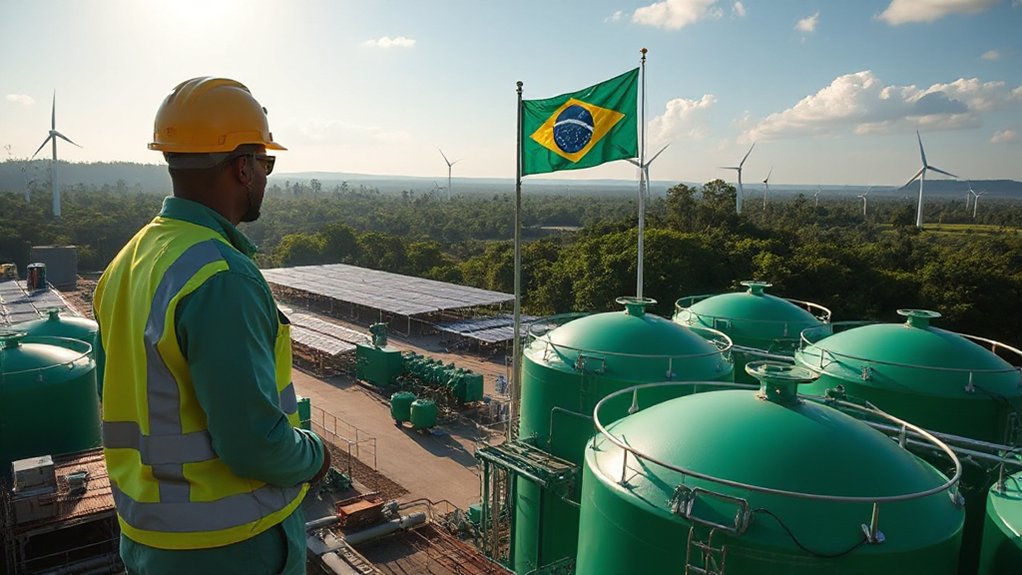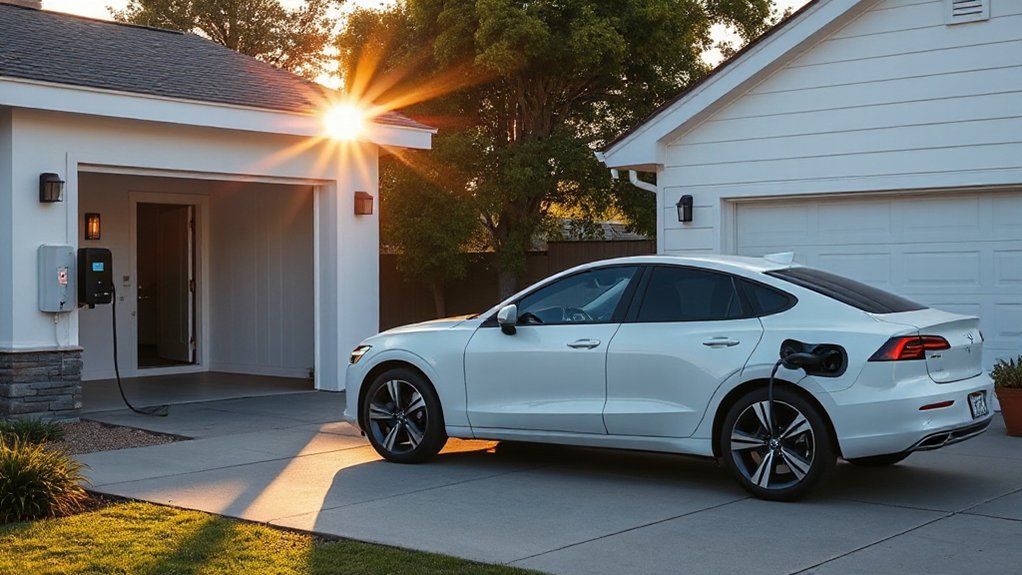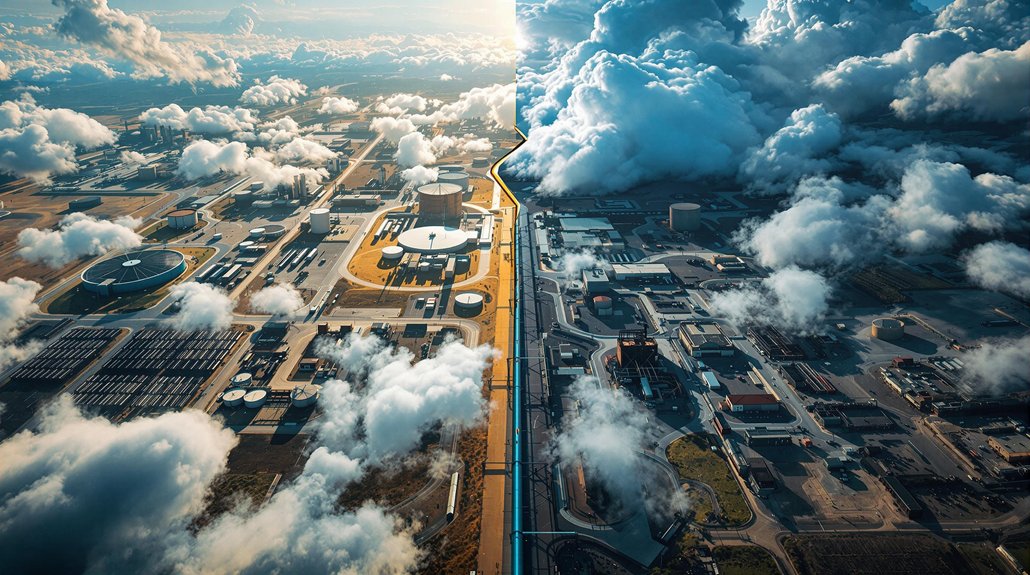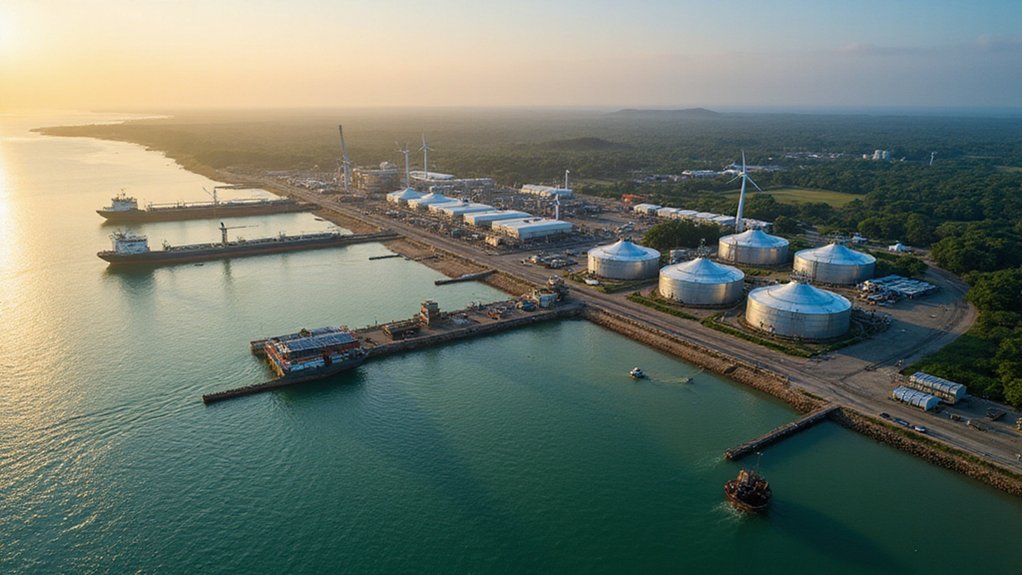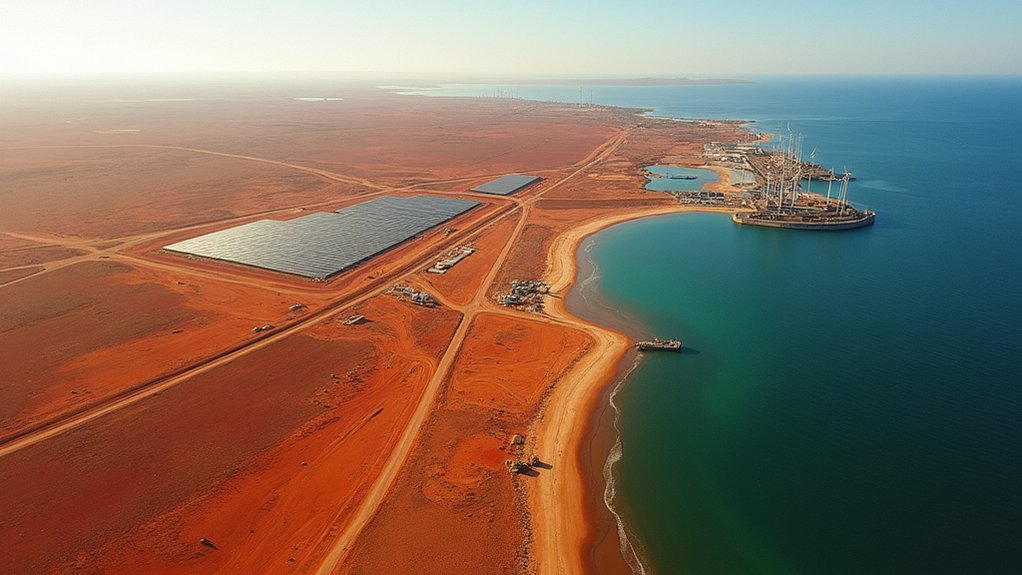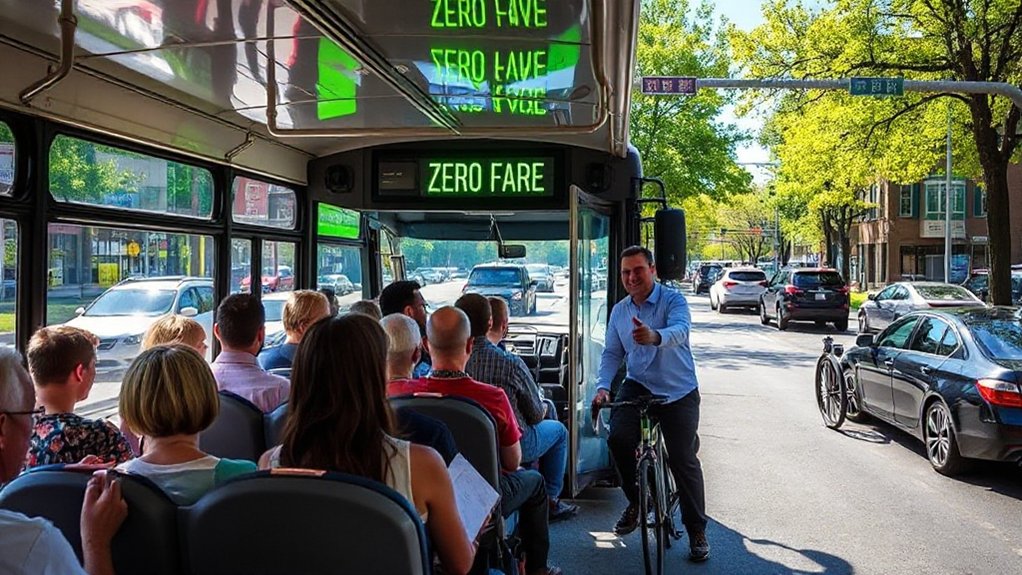While many countries talk about green energy shifts, Brazil is actually doing it. The South American giant now leads Latin America and the Caribbean in clean hydrogen development, leaving competitors scrambling to catch up. Not just talk. Real action. Their secret? Smart regulations that boost both production and demand for low-carbon hydrogen, plus mandatory sustainable aviation fuel quotas that other nations are still debating.
Brazil isn’t just dreaming of clean energy—they’re building it while others debate.
Brazil didn’t stumble into this position by accident. Their National Energy Plan 2050 specifically targets hydrogen as a disruptive technology. They’ve defined what counts as “low-carbon hydrogen” in law—something the US and EU are still arguing about in committee rooms. Meanwhile, Brazil’s already secured final investment decisions on major projects. Go figure.
The numbers are staggering. $62 billion for power generation capacity. Petrobras throwing $6 billion at Rio infrastructure by 2029. Another $2.2 billion for ethanol and biofuels by next year. That’s serious cash, not just government press releases with empty promises.
And the potential? Massive. Brazil’s domestic hydrogen market could hit $12 billion by 2040. Their projected export business? Up to $6 billion by then. Green hydrogen costs are expected to plummet to $1.25/kg. Traditional energy powers should be sweating. Brazil’s approach mirrors the global trend where renewable capacity additions increased by 50% in 2023 alone.
What makes this truly revolutionary is Brazil’s thorough approach. They’re exploring green, blue, and even natural hydrogen simultaneously. They’re integrating hydrogen with renewables to decarbonize steel, chemicals, and transport. The country’s impressive renewable energy resources in the Northeast region, with stable wind speeds and high solar irradiance, provide ideal conditions for green hydrogen production. Chile and Colombia are trying to keep pace, but Brazil’s lead is widening.
The kicker? Brazil’s doing this with a unique combination of onshore and offshore assets that few countries can match. Their hydrogen certification system is already operational. Their regulatory framework is mature. According to the H2LAC Index 2025, Brazil made a remarkable leap in market development compared to previous years.
Traditional energy powers have noticed. They just didn’t expect to be threatened this quickly by a country they’ve long underestimated. Brazil isn’t just participating in the hydrogen economy—they’re rewriting the rules.
References
- https://hinicio.com/brazil-takes-the-lead-in-renewable-hydrogen-in-lac-according-to-the-h2lac-index-2025/
- https://isa-ghic.org/countries/brazil
- https://enkiai.com/petrobras-hydrogen-initiatives-for-2025-key-projects-strategies-and-partnerships
- https://www.imarcgroup.com/brazil-hydrogen-fuel-cell-market
- https://about.bnef.com/insights/clean-energy/brazil-transition-factbook-2025-the-numbers-behind-the-ambition/
